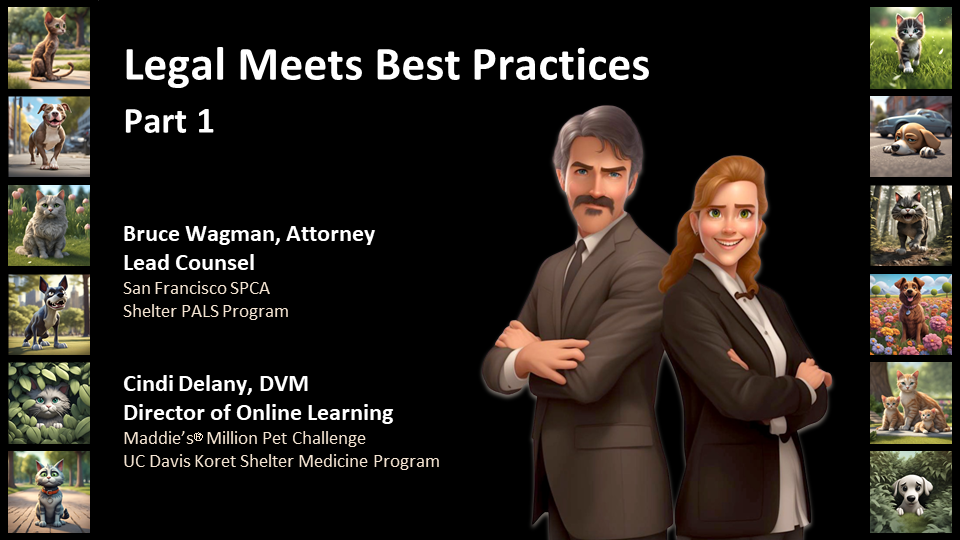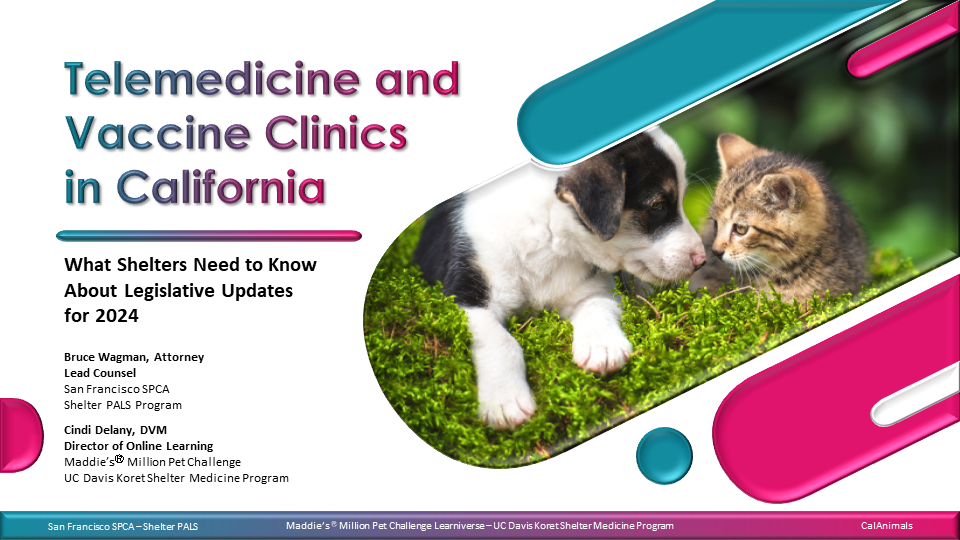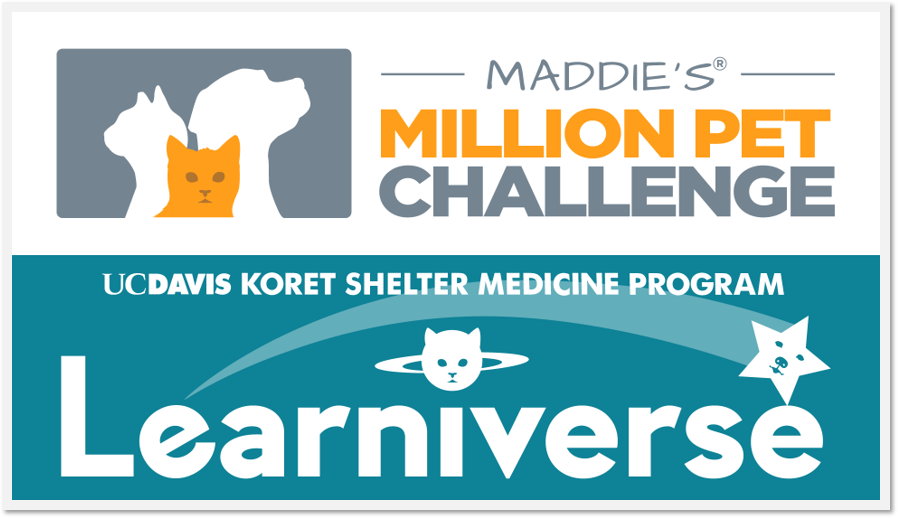Legal Meets Best Practices – California Focus

What happens when experts in animal sheltering and California animal law come together to create the ultimate webinar series for shelters? Immediate clarity on the letter of the law, common shelter scenarios solved, and helpful legal tips translated into best practices you can apply today. It’s all available for free on-demand, #ThanksToMaddie!
Telemedicine and Vaccine Clinics in California 2024

Thanks to groundbreaking veterinary telemedicine and vaccine clinic legislation, your California shelter can ring in the new year with fewer restrictions around who can provide essential care and how, freeing up your team to more easily meet medical needs in the shelter or community.
Decoding Compliance: What You Need to Know about Controlled Drugs and Premises Permits Webinar

Your exclusive gateway to unlocking crucial insights, empowering you to address challenges and navigate the intricate landscape of drug and premises permit regulations.
Veterinary Care in Shelters: Who Can Legally Do What? – Legal Considerations with Shelter PALS

In this short course, you’ll learn how to fully leverage the veterinary care capabilities of your entire team – not just your designated “medical” staff – including front office staff, field officers, kennel attendants, volunteers, and fosters.
Community Cat Programs – Legal Considerations with Shelter PALS

This course will explore what community cat programs (CCPs) are, explain why CCPs are needed, and describe how effective CCPs operate in compliance with state and local laws. You’ll learn how your shelter can address cat overpopulation and help cats thrive where they are by implementing humane, life-saving, evidence-based community cat programs.
Animal Intake Requirements and Holding Periods – Legal Considerations with Shelter PALS

When it comes to daily shelter activities, the most common questions, and greatest confusion, revolve around intake (if, when, who) of animals, and the applicable holding periods once intake occurs. Knowing which animals should enter the shelter and how long they must stay is crucial to prioritizing intake of the animals who truly need to be at your shelter and minimizing length of stay in shelters for those animals.
Finder Foster – Foster Legal Considerations with Shelter PALS

What is a “Finder Foster” program – how does it work, how long do finders need to hold an animal and what are other important legal aspects of these programs?
In this course, hosted on Maddie’s® University, you’ll learn how Finder Foster programs can help you reunite more animals with their families, promote animal well-being and minimize stress by reducing time spent in the shelter, and reserve resources for animals who really do need to come in—all by engaging people who are already helping animals in your community.

